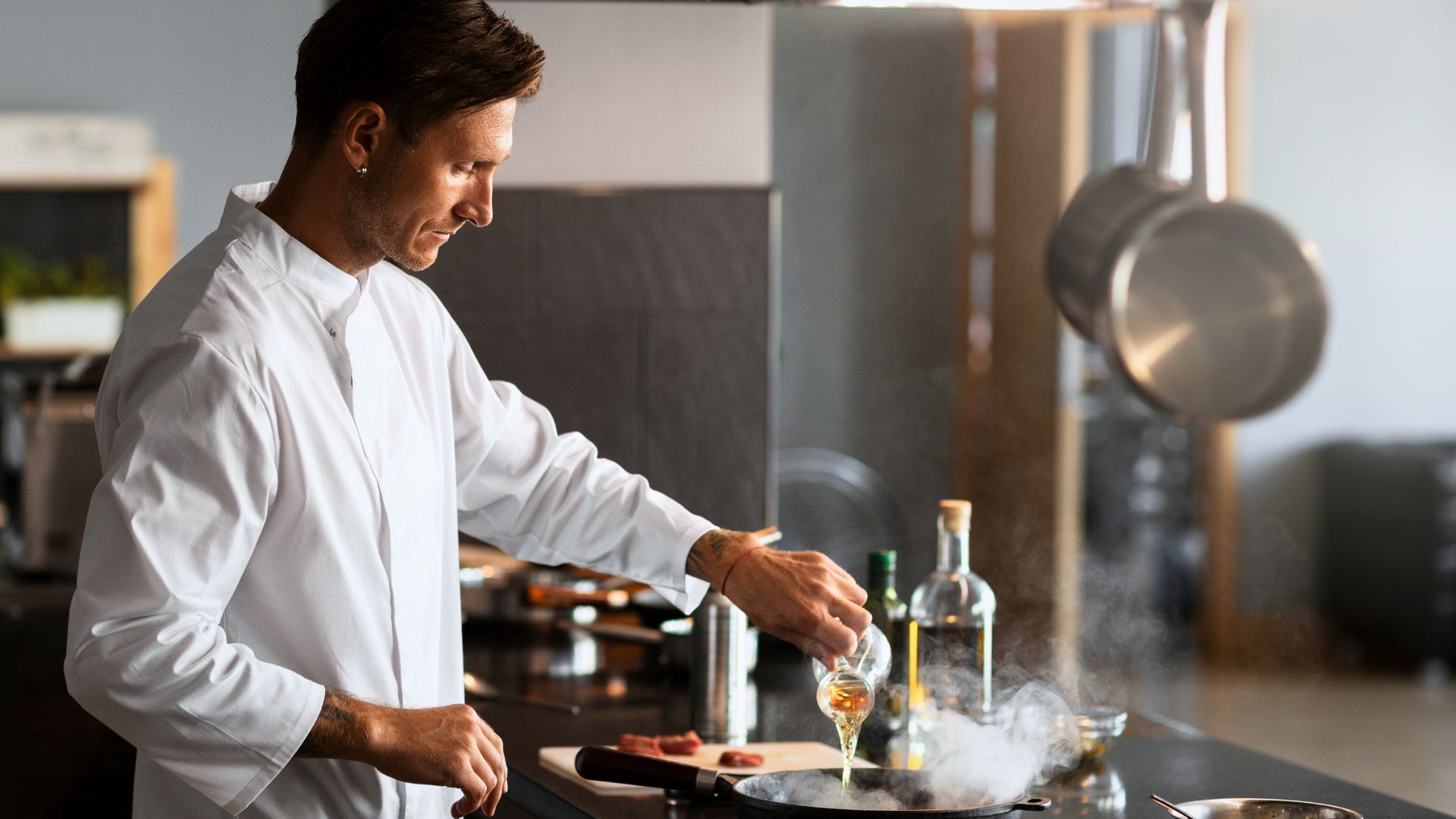When doctors diagnosed Italian chef Giancarlo Caldesi with Type 2 diabetes in 2012, he was overweight, exhausted, and struggling with constant thirst and blurred vision. His life in the kitchen—filled with cappuccinos, pasta, and pastries—had finally caught up with him.
Instead of relying on medication alone, Caldesi chose a different path. By overhauling his diet and adding daily exercise, he not only lost weight but also brought his blood sugar back into a healthy range. Here’s how he turned his health around and what he’s learned along the way. Diabetes.org itself highlights the case of this chef.
From diabetes diagnosis to determination to change
As a busy restaurateur, Caldesi’s days revolved around food. At the time, his routine included about 12 cappuccinos a day, each with two sugars, and oversized bowls of pasta. He loved desserts and rarely thought about portion size. By the time he received his diagnosis, his HbA1c—a measure of blood sugar—was 79 mmol/mol, well above the safe range.
The news was a wake-up call. He decided to cut out refined sugar completely, swap heavy carbs for protein and vegetables, and make exercise part of his routine. Over four years, he dropped three inches from his waist and lowered his HbA1c to 40 mmol/mol, low enough for doctors to consider his diabetes in remission.
“I felt disbelief”, he recalled when he learned his blood sugar was normal again. “I thought, that’s brilliant”, he said. For him, the proof was not only in the numbers but in the way his energy, mood, and focus returned.
A new way of eating and living
Today, Caldesi’s diet looks very different from his old habits. Breakfast is usually eggs with smoked salmon or gluten-free bread, paired with black coffee. He avoids pastries and refuses refined sugar, a change he committed to overnight and never looked back. At restaurants, he chooses fish, chicken, or beef with vegetables, and keeps pasta as a starter instead of a main.
Travel and eating out still pose challenges, but moderation and planning help him stay consistent. “One thing I’ve learnt is to have less on your plate”, he explained. Portion control, along with mindful choices, keeps him from slipping back into old routines.
Caldesi and his wife, Katie, now share what they’ve learned through their cookery school, La Cucina Caldesi. They teach low-carb, gluten-free, and vegetable-rich dishes, from Sicilian caponata to seabass with cherry tomatoes, garlic, and chili. Their classes include gluten-free pasta making, which has become a favorite among students looking for alternatives.
For Caldesi, motivation comes from results. Losing weight, gaining energy, and watching symptoms disappear fuel his determination. Still, he stresses the importance of balance. He allows himself the occasional indulgence, knowing that too much restriction can backfire. “You can’t be a prisoner within your own skin”, he said.
His story is proof that lifestyle changes—cutting sugar, eating mindfully, moving regularly—can transform health in ways that go beyond medication. While nothing quite replaces a comforting plate of pasta, Caldesi shows that discipline, creativity in the kitchen, and a willingness to adapt can turn a diagnosis into a new beginning.

